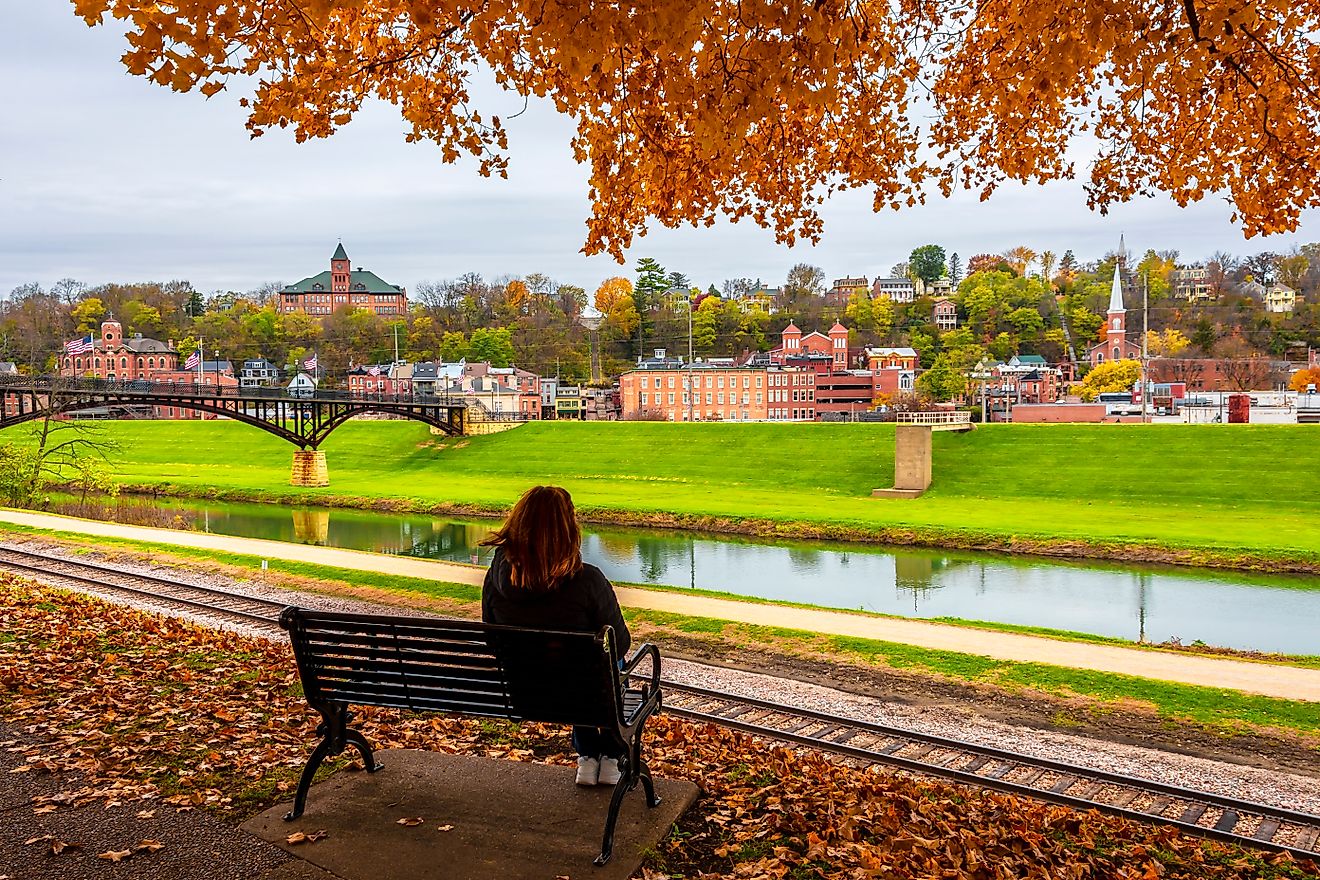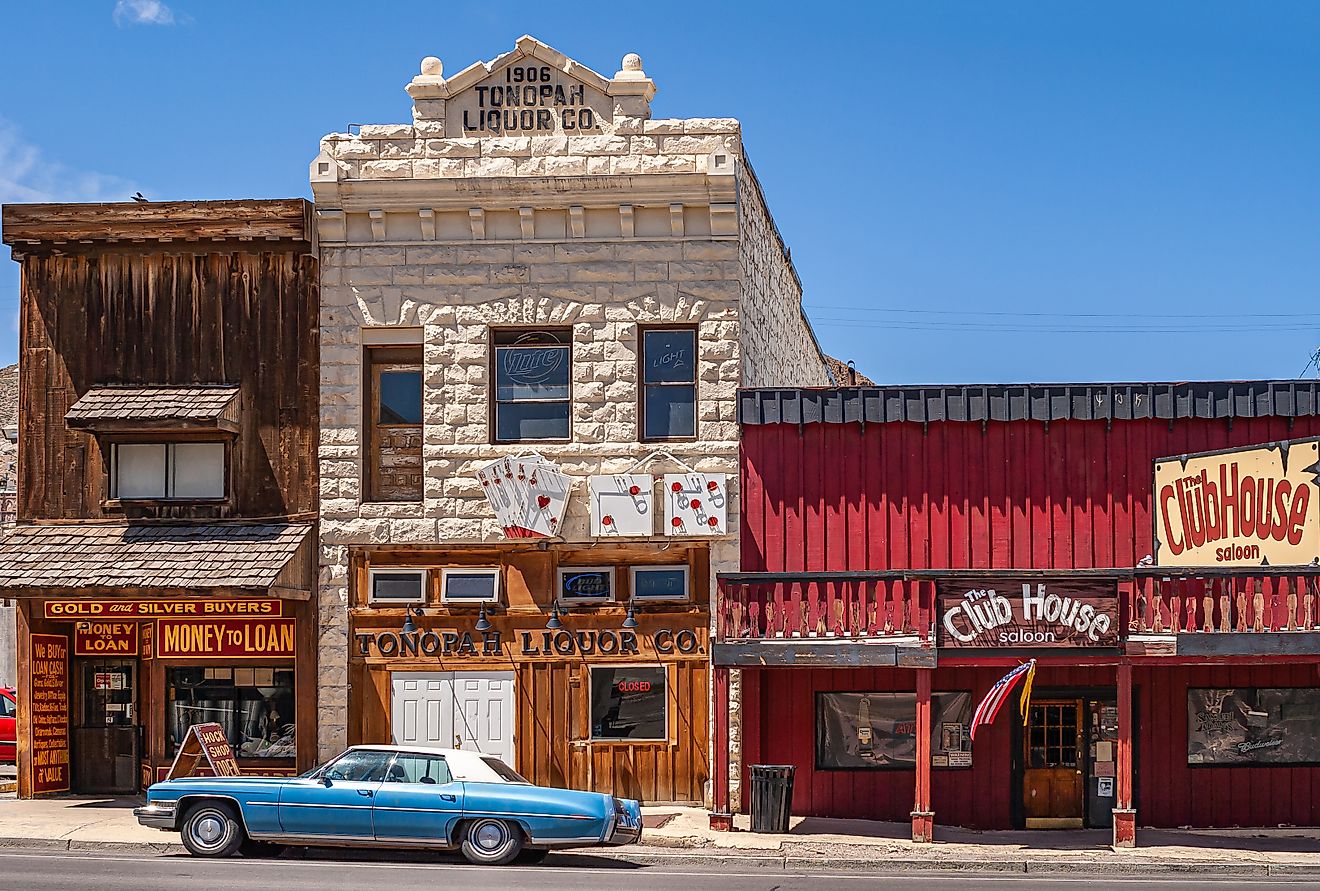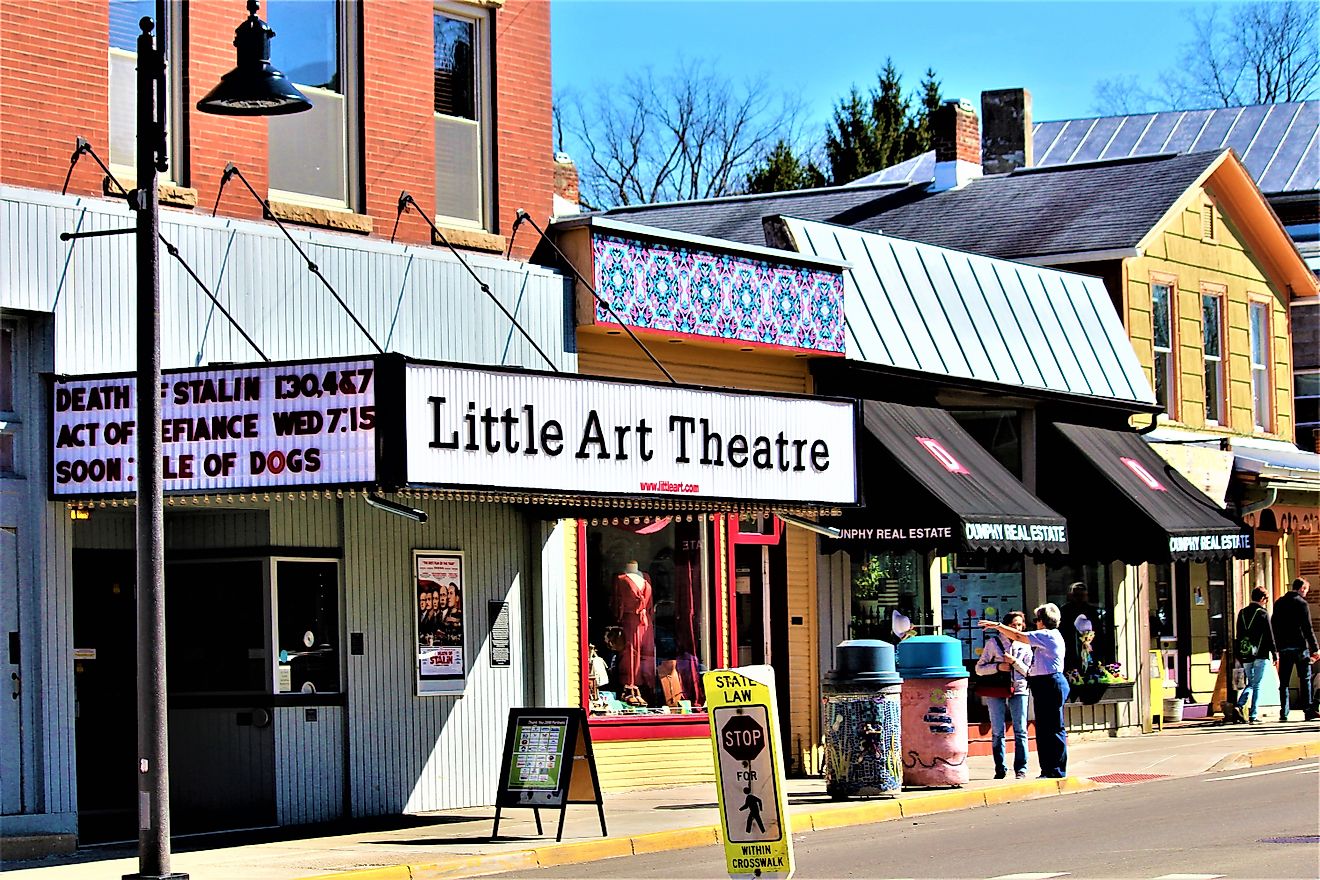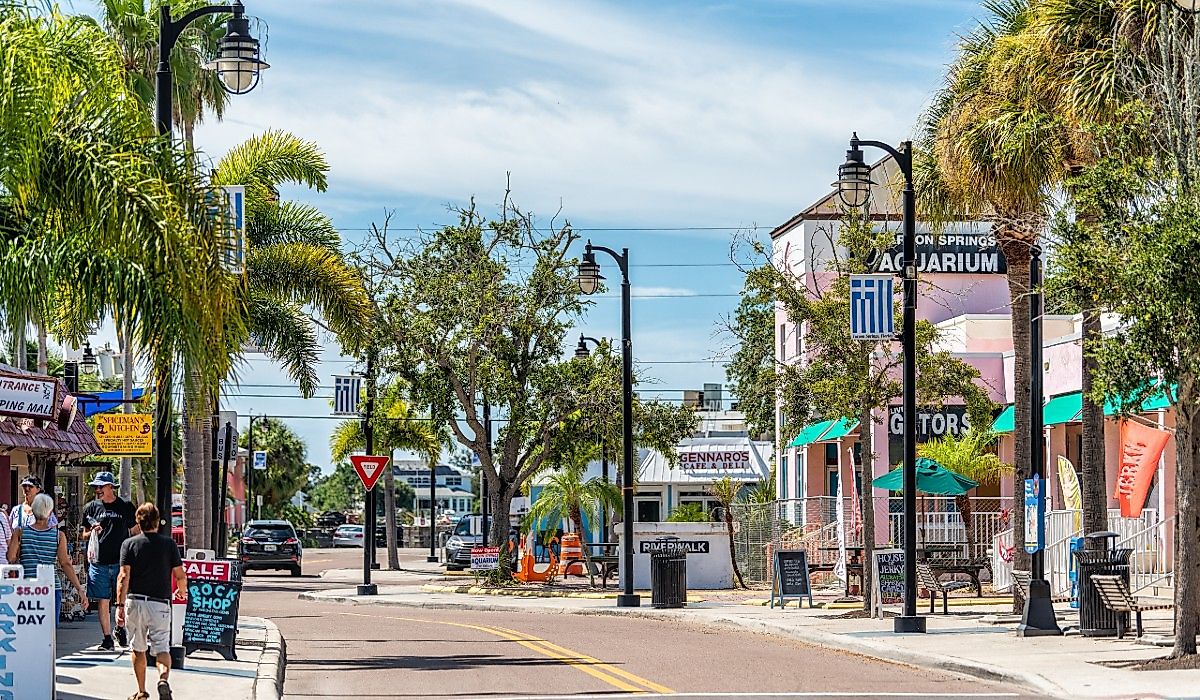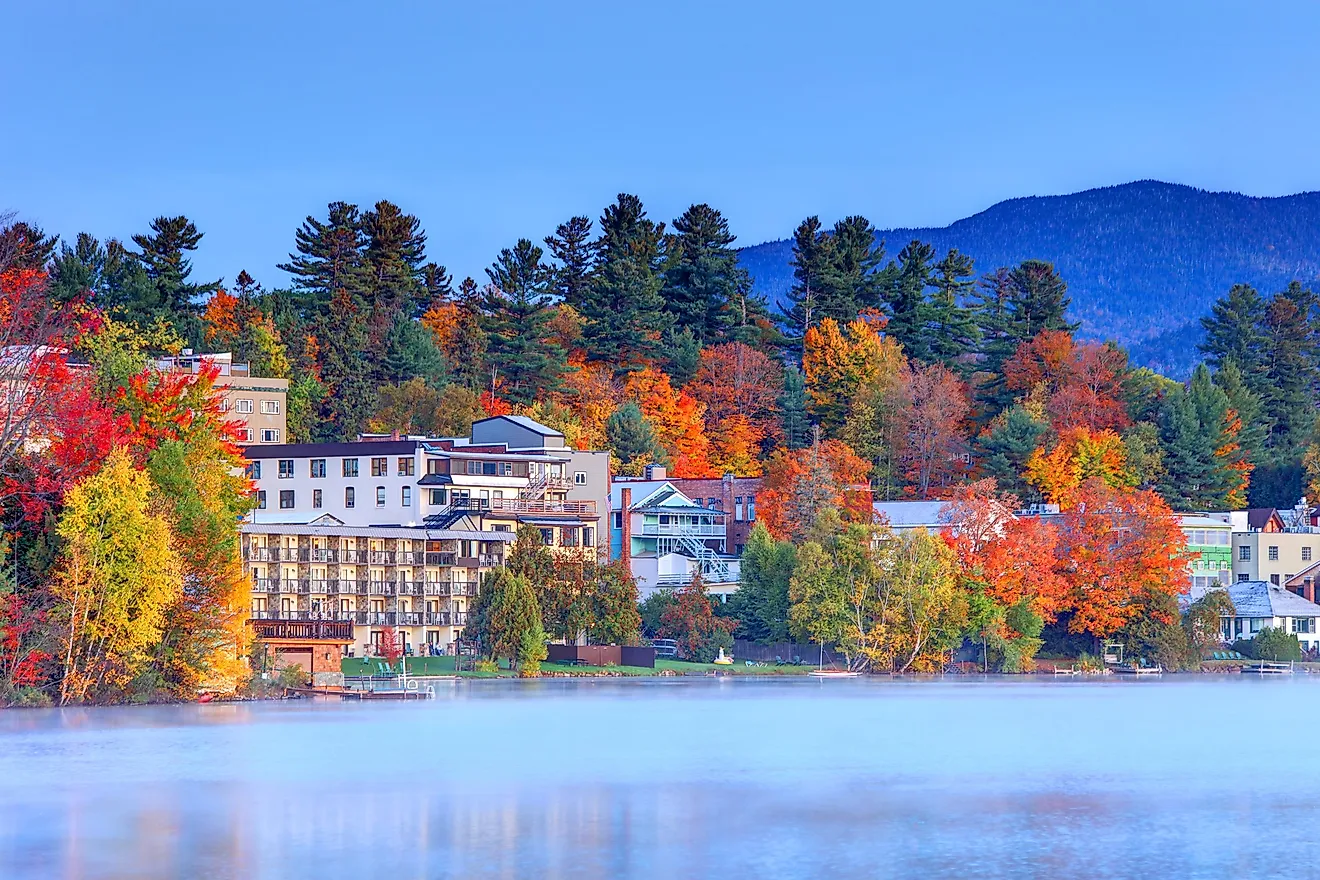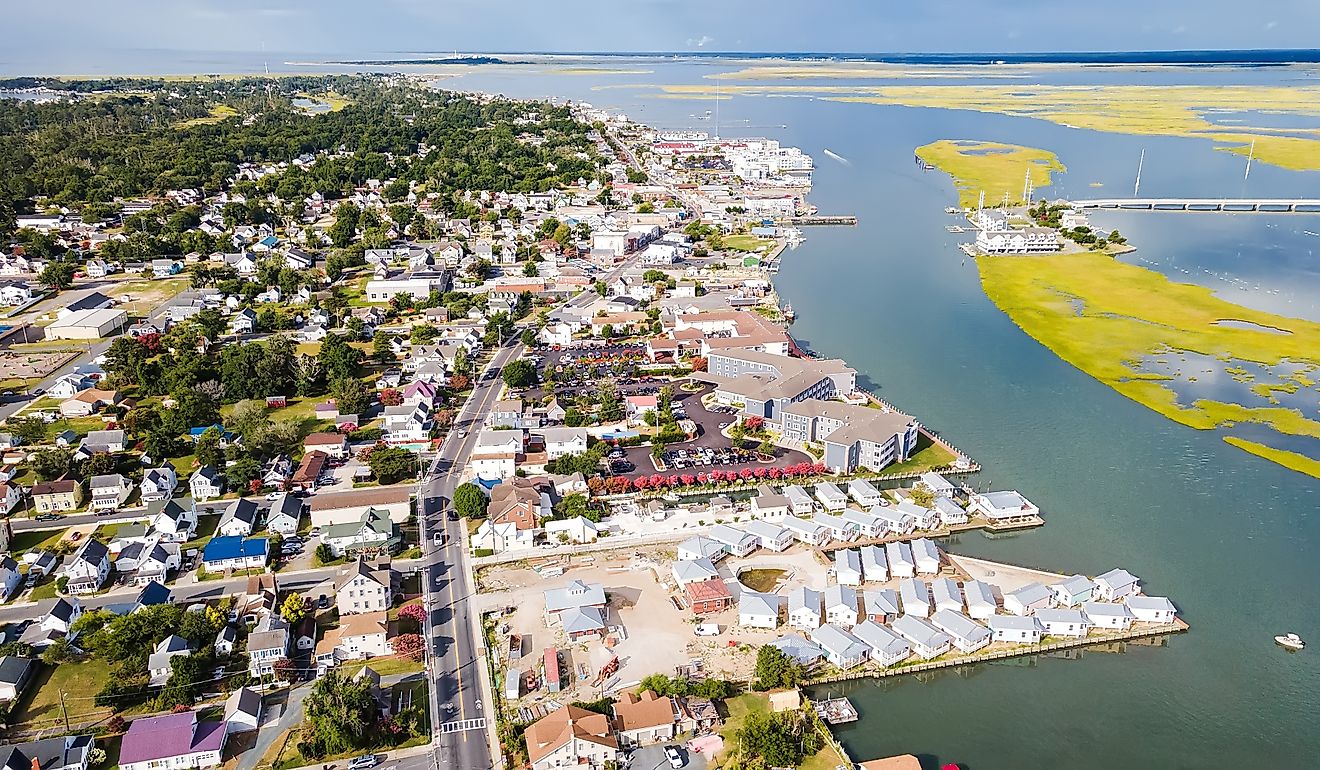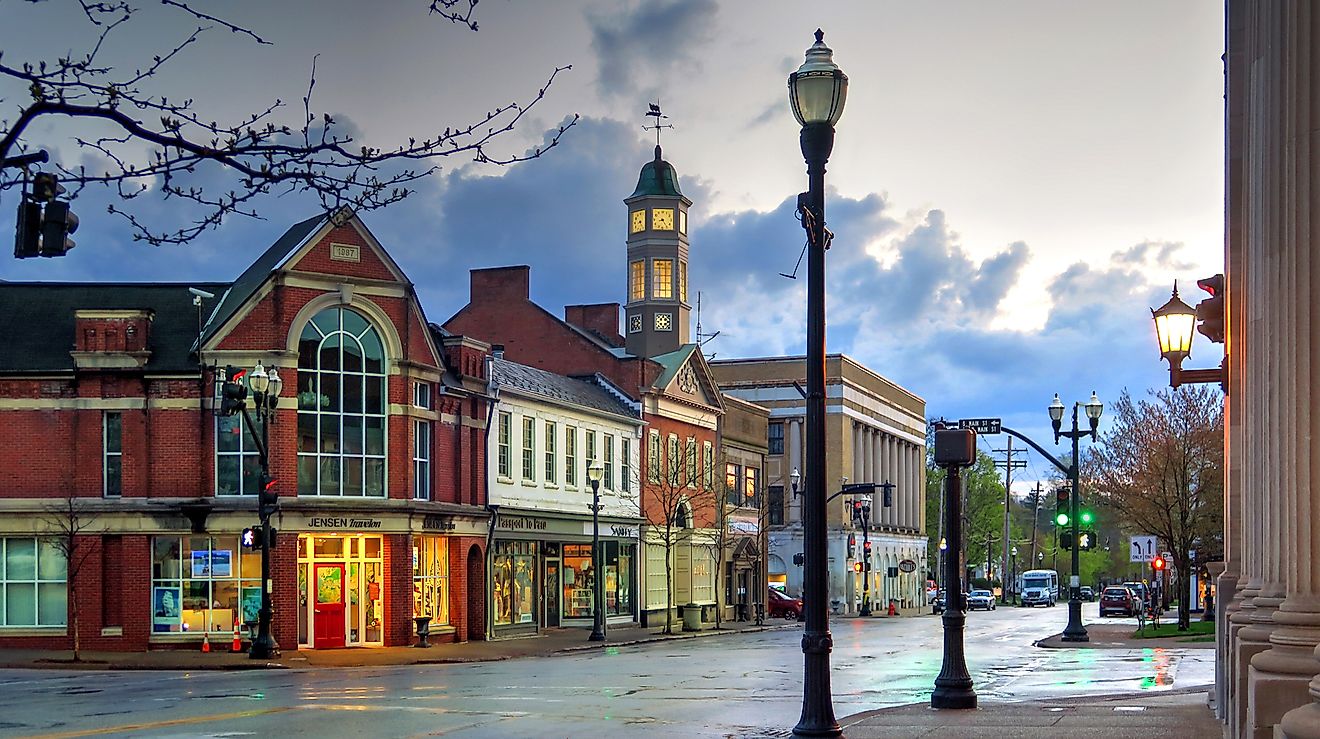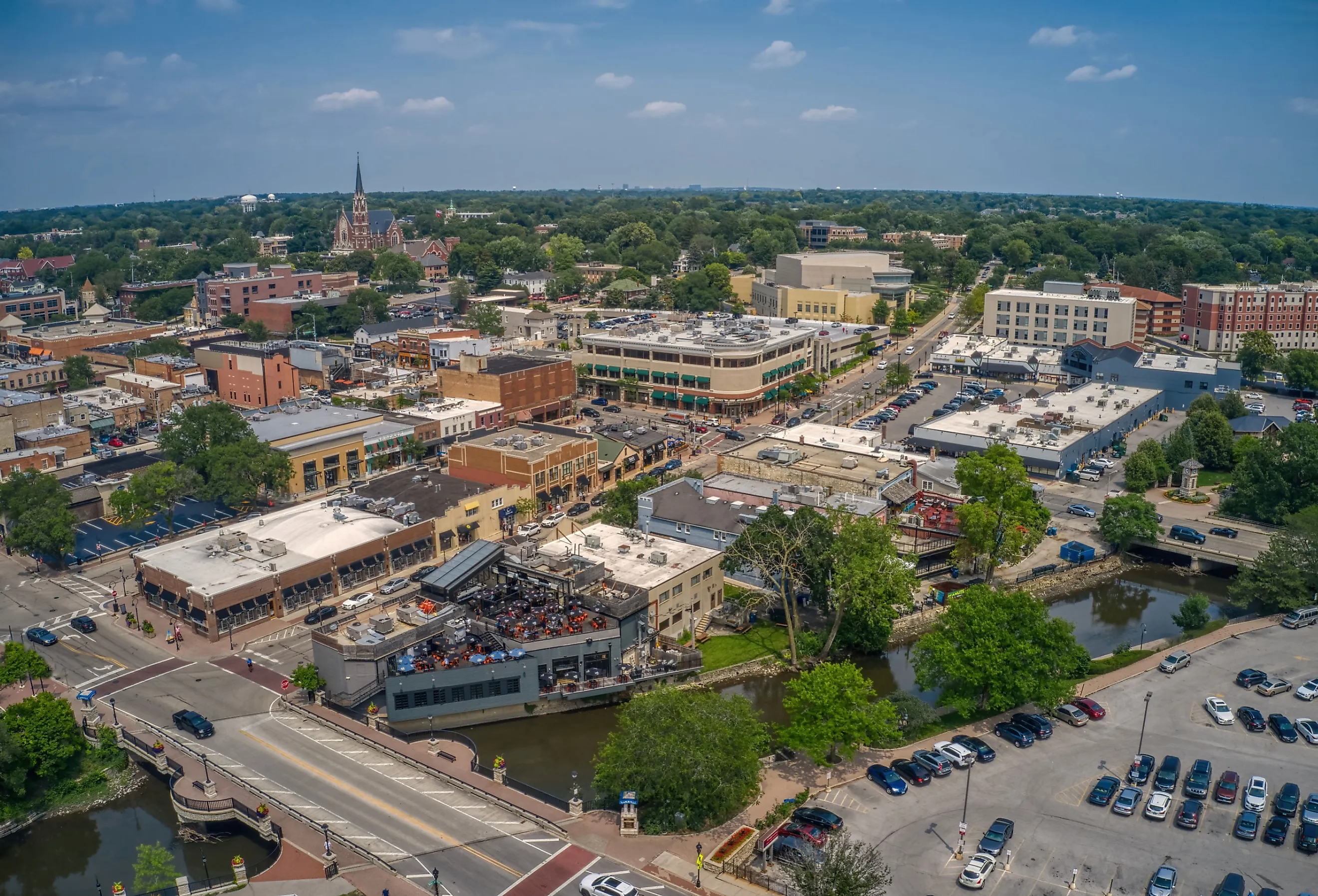
Naperville, Illinois
Naperville, Illinois is a Chicago suburb west of the city, which was founded in 1831 and is home to just under 150,000 residents. Its once rural beginnings have grown into an urban suburb with a variety of industries, cultures, and neighborhoods from end to end. While the city has expanded since the 19th centure, Naperville's humble inception is evident throughout as it still boasts a small-town charm featuring historical relics, making it an excellent destination for people who want both a cozy place to live with all the amenities one could need nearby.
Brief History
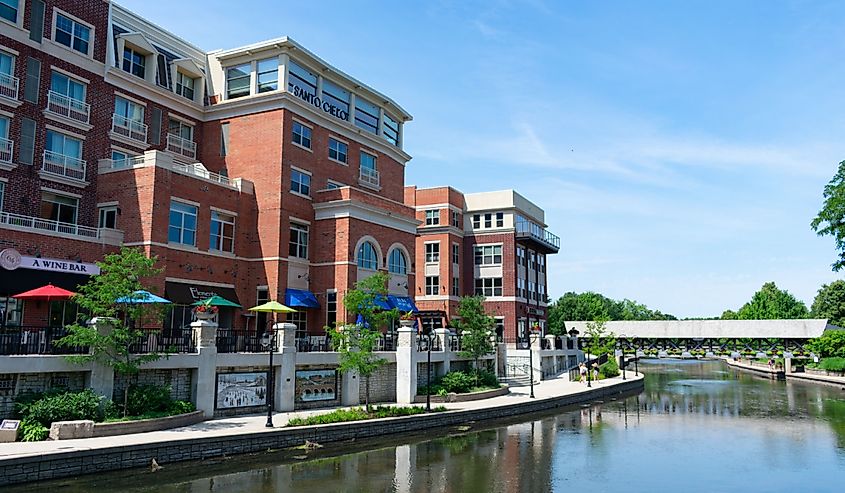
Illinois pioneer Joseph Naper would arrive in Naperville with his family in 1831. It was initially called Naper's Settlement, with the original settlers being Naper's family, including his wife, siblings, spouses, and mother. The following year, the settlement grew to over 100 settlers, with the Pre-Emption House being built in 1834, acting as the first hotel in DuPage County. Naper's Settlement was a stop for people traveling by stagecoach, making this hotel quite successful. The settlement would become incorporated as Naperville in 1857 as a village before being reincorporated several decades later as a city in 1890. Later, in the 1960s, Naperville's population began increasing, a trend that lasted several decades, turning the primarily rural area into a more condensed urban one, which is what we know the city today.
Climate and Geography
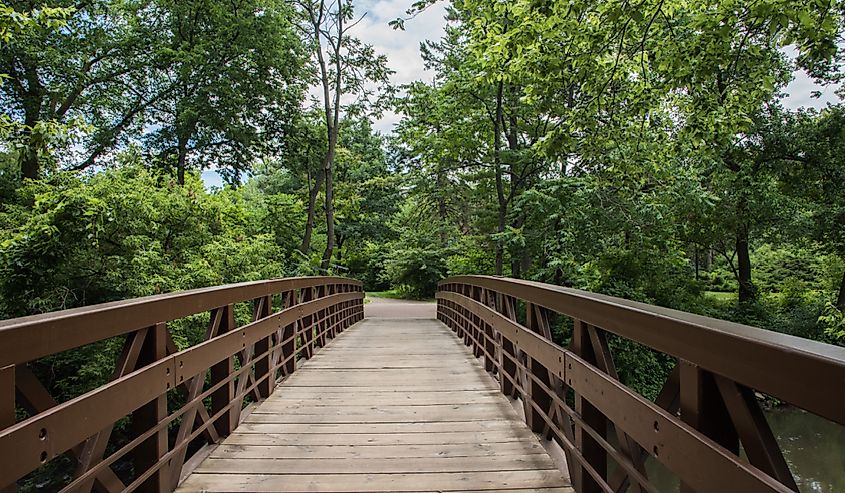
Naperville tends to be humid, like many other places in the Midwest. The summers are warm and long, with summer temperatures appearing in May when the average temperature is 71°F. Things heat up in June, July, and August, where the hottest month on average is July, with a temperature of 83°F. This isn't too hot comparatively, especially for a metropolitan area. The winters are cold, with the December to February temperature averaging between 15-19°F usually. Naperville can be pretty wet, with the heaviest precipitation in spring and summer. June is the wettest month, with an average rainfall of 4.21 inches.
The city's borders are spread over almost 40 square miles of space. Naperville is in two counties and six different townships. The other townships are Milton, Winfield, Naperville, and Lisle in DuPage County, along with Wheatland and DuPage Townships in Will County. The city's municipal boundaries are cut in the west by a forest preserve called Springbrook Prairie, A Tamarack neighborhood in the Southwest, and McDowell Grove Forest Preserve in the north. Naperville was mostly flat prairie before being developed, with its only abnormalities being artificial, like the Greene Valley Hill. Nearby is the DuPage River, which has a trail serving pedestrians and bikes.
Demographics
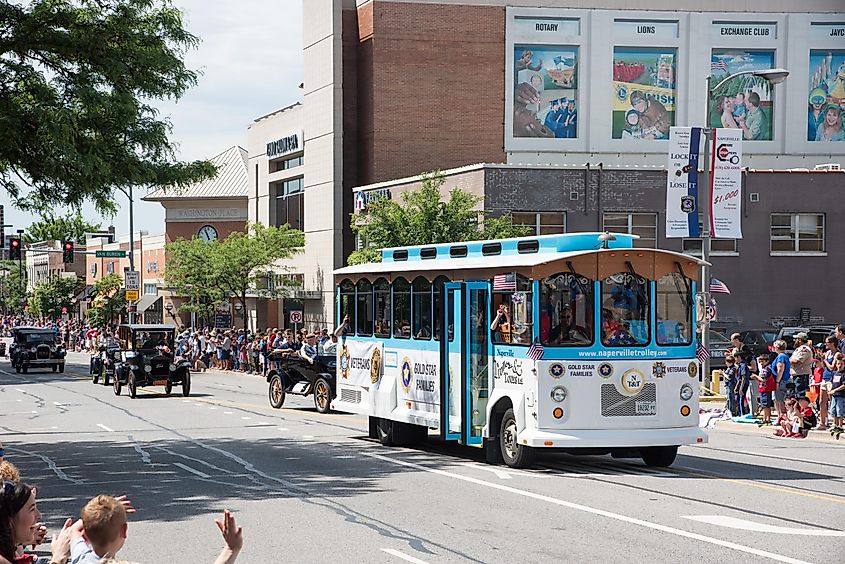
The United States Census Bureau rates the estimated population of Naperville to be 149,936 as of July 2022. The population density as of 2020 was 3,768.36 inhabitants per square mile. The city is the fourth-most populated city in Illinois and the 181st-populated city in the United States. According to Naperville.il.us, as of 2022, 65.1% of residents are white, 20.6% are Asian, 6.5% are Hispanic or Latino, 4.3% are Black or African American, 0.2% are American Indian and Alaska Native, and 5.1% are two or more races. According to censusreporter.org, the most common age range is 40-49 and 50-59, sharing 15% of the population each. 12% of residents are 0-9 years old, 14% are 10-19, 10% are 20-29, 11% are in their 60s, and 11% are 70 and above.
Economy
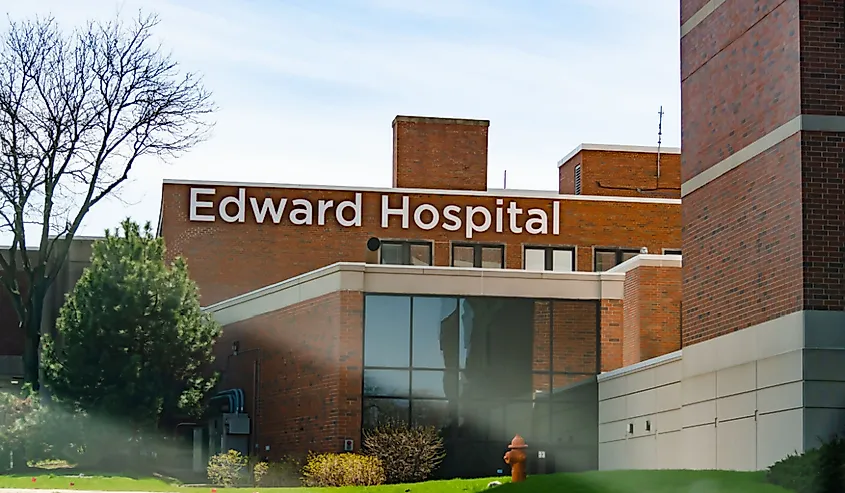
Naperville has many different employers, with its largest current one being Edward Hospital. Several companies helped contribute to the economy during the population boom during the 1960s to the 1990s, such as Bell Labs. Companies like Nokia have been operating in the area for a long time and still provide plenty of job opportunities. Other local contributors include shopping centers, eateries, and retailers in places such as Freedom Commons and Downtown Naperville. The city has more than 11 car dealerships, with the American Community Survey saying that 77% of commuters in the area drove, with 11% taking public transport.
Arts, Culture, and Landmarks
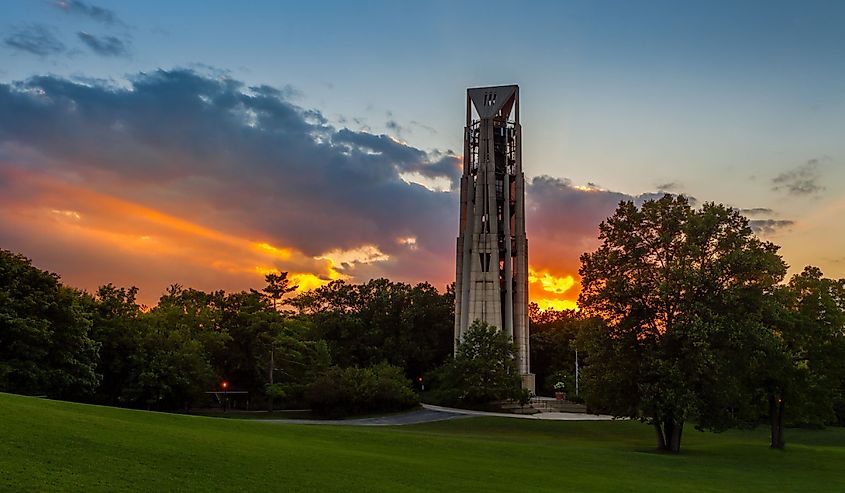
The Naperville Public Library has more than 60,000 active cardholders and was founded in the late 1800s, with a new one being built in 1986, called the Nichols Library. Another library is called The 95th Street, opened in 2003 and is the largest of them all featuring a more modern style. Its area is around 73,000 square feet.
Naperville hosts fairs and festivals that celebrate creativity, like the Naperville Independent Film Festival and the Riverwalk Fine Art Fair. Both have been running for years and are hosted annually, featuring work from independent artists and filmmakers. The fine art fair has painted work, wood, jewelry, photography, and ceramic work, among others.
The Moser Tower is 158 feet tall and is west of Downtown. Naperville. It holds The Millennium Carillon, one of the four most significant in the world. The instrument. can be played by a computer or manually, with most performances choosing the latter. An automated computer system plays half the bells at different points throughout the day.
The DuPage Children's Museum is in town, serving it for over three decades. Many different interactive exhibits teach children about science and physics. Shows include a workbench where children can use their creativity to construct other objects the way they want to, a model river where they can send balls down a stream and play with water toys, and many more.
Park areas like the Naperville Park District provide plenty of greenery for the city's residents. These parks include Centennial Beach, founded in 1932, 34 years before the district was established. Today, there are over 100 parks in the area, which include playgrounds, golf courses, and trails for anyone to use.
Conclusion
Naperville may have started as a small settlement, but that charm has remained all these years later. Plenty of opportunity and friendly folks around make it worth it to the 150,000 residents living there. There's also plenty of art and culture, which help creative people thrive. Naperville is an excellent example of a big city with a small-town heart.



